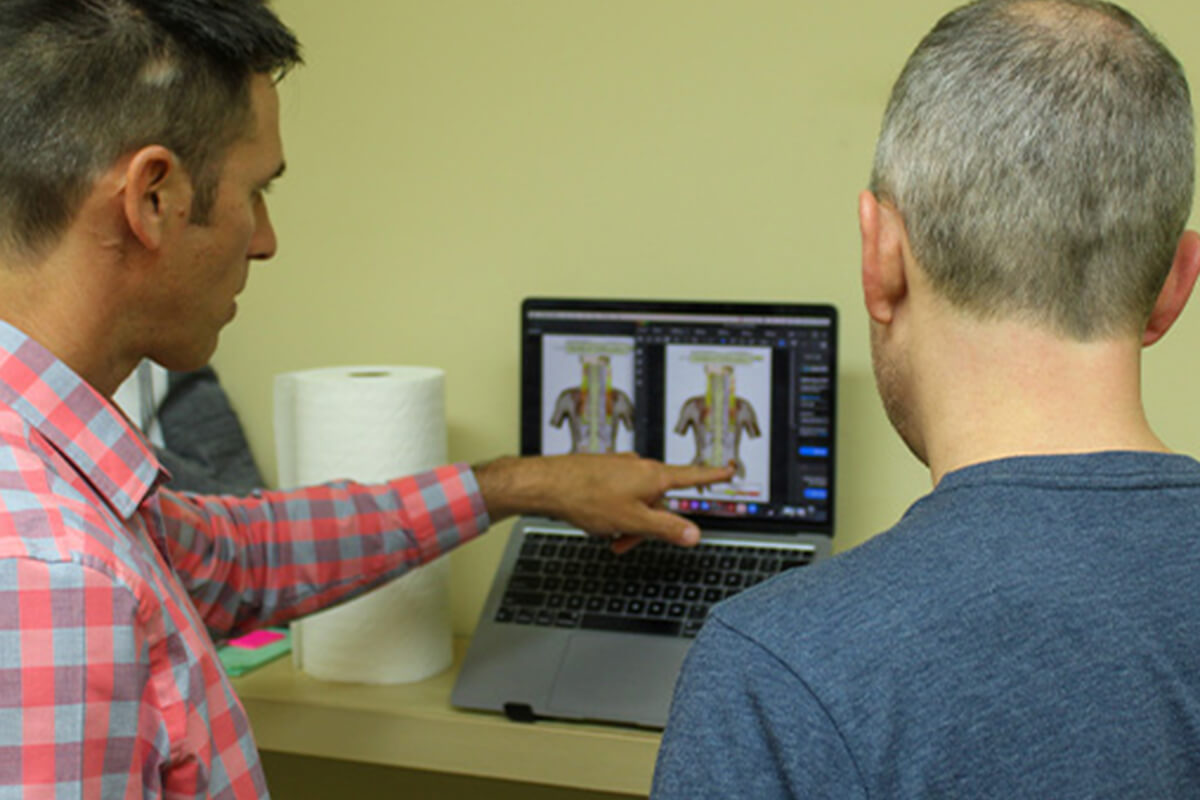Back pain. It’s a pervasive problem affecting millions worldwide, a nagging ache that can disrupt daily life, limit mobility, and significantly diminish quality of life. From simple tasks like bending to pick something up, to enjoying hobbies and spending time with loved ones, back pain can cast a long shadow. But what if you could proactively protect your back and build a pain-proof future?
This article outlines a comprehensive daily routine designed to strengthen your back, improve flexibility, and minimize your risk of developing debilitating back problems.

Why Back Pain Occurs
Let’s first look at the common causes of back pain. These include:
-
Poor Posture
Slouching, hunching over desks, and improper lifting techniques place undue stress on the spine and supporting muscles. This can lead to muscle fatigue, imbalances, and eventually pain. For example, constantly looking down at a phone (text neck) can strain the neck and upper back, while prolonged sitting without proper back support can weaken core muscles and lead to lower back pain.
-
Sedentary Lifestyle
Lack of physical activity weakens core muscles (including the abdominals, back muscles, and pelvic floor), which are essential for supporting the back and maintaining proper spinal alignment. Weak core muscles can lead to instability and increased risk of injury. Additionally, inactivity can decrease flexibility, making the back more susceptible to strains.
-
Muscle Strains and Sprains
Overexertion, sudden movements (like twisting while lifting), or improper lifting can lead to muscle strains (tears in muscle fibres) and ligament sprains (tears in ligaments that connect bones). These injuries can cause localized pain, muscle spasms, and limited range of motion.
-
Disc Problems
The intervertebral discs act as cushions between the vertebrae in the spine. Herniated or bulging discs occur when the soft inner core of the disc pushes through a tear in the outer layer. This can compress nerves, causing pain that can radiate to the buttocks, legs (sciatica), or arms, depending on the location of the herniation. Numbness, tingling, and muscle weakness can also occur.
-
Obesity
Excess weight, particularly in the abdominal area, shifts the body’s center of gravity and puts extra pressure on the spine, especially the lower back. This increased load can contribute to disc problems, muscle strain, and joint pain.
-
Age-Related Changes
As we age, the discs in our spine naturally lose hydration and elasticity, becoming thinner and less able to absorb shock. This process, known as disc degeneration, can increase the risk of disc herniation and other spinal problems like osteoarthritis. Additionally, the ligaments and muscles supporting the spine can weaken with age, further contributing to instability and pain.
The Daily Routine: Your Path to a Pain-Free Future
This daily routine incorporates a combination of stretches, exercises, and lifestyle adjustments to strengthen your back, improve flexibility, and promote overall spinal health.

1. Morning Mobilization (3 minutes)
Starting your day with gentle movements can help loosen stiff muscles and prepare your back for the day ahead.
-
Cat-Cow Stretch (10 repetitions)
This gentle flow between arched and rounded back positions improves spinal mobility and coordination. Start on your hands and knees. As you inhale, drop your belly, lift your chest and tailbone (cow pose). As you exhale, round your spine towards the ceiling, tucking your chin to your chest (cat pose).
Follow demonstration in this video by Dr. Nik: https://youtu.be/NStovVM213I
-
Full Spine Range of Movement
Move every part of your Spine one at a time in all it’s ranges of movement:
Follow demonstration by Dr. Nik in this video: https://youtu.be/fVQr9T6o7CA
2. Core Strengthening Exercises (~10 minutes)
A strong core is crucial for supporting the spine and preventing back pain. Incorporate these exercises a few times a week, gradually increasing repetitions as you get stronger.
Follow instructions of the BIG 3 Core Exercises here: https://fairwaychiropractic.com/core-exercises/
3. Posture Awareness and Ergonomics (Throughout the Day)
Maintaining good posture throughout the day is essential for preventing back pain.
-
Sitting Posture
When sitting, ensure your feet are flat on the floor, your back is supported, and your shoulders are relaxed. Avoid slouching or hunching forward. Use lumbar support if necessary.
-
Standing Posture
When standing, keep your shoulders relaxed, your head level, and your weight evenly distributed on both feet.
-
Ergonomic Workstation
Ensure your computer monitor is at eye level, your keyboard is positioned comfortably, and your chair provides adequate back support.
4. Daily Movement and Stretching (Throughout the Day)
Avoid prolonged periods of sitting or standing. Take short breaks to move around, stretch, and walk.
-
Regular Breaks
Every 20-30 minutes, get up from your chair and move around for a few minutes.
-
Simple Stretches
Perform simple stretches like shoulder rolls, neck stretches, and back extensions throughout the day.
5. Sleep Hygiene (7-9 hours per night)
Adequate sleep is essential for muscle recovery and overall health.
-
Supportive Mattress and Pillow
Choose a mattress and pillow that provide proper spinal alignment.
-
Sleeping Position
Sleeping on your side with a pillow between your knees or on your back with a pillow under your knees can help maintain spinal alignment.
6. Mindful Lifting Techniques (Whenever Lifting)
Improper lifting is a major cause of back injuries.
-
Bend Your Knees
Always bend your knees and keep your back straight when lifting heavy objects.
-
Keep the Load Close
Hold the object close to your body.
-
Avoid Twisting
Avoid twisting your torso while lifting.
7. Maintain a Healthy Weight
Excess weight puts extra strain on your spine. Maintaining a healthy weight through diet and exercise is crucial for back health.
8. Stress Management
Stress can manifest physically, including muscle tension in the back. Incorporate stress-reducing activities like yoga, meditation, or deep breathing exercises into your daily routine.
The key to reaping the benefits of this routine is consistency. Make these exercises and lifestyle adjustments a part of your daily life, and you’ll be well on your way to a pain-proof future.
When to Seek Professional Help
While this routine can be highly effective for preventing and managing back pain, it’s important to seek professional help if you experience:
- Severe or persistent back pain.
- Pain that radiates down your leg.
- Numbness or tingling in your extremities.
Take Control of Your Back Health Today!
Don’t let back pain dictate your life. By incorporating this daily routine into your lifestyle, you can proactively protect your back, improve your overall health, and enjoy a more active and fulfilling life. For personalized chiropractic treatment plans for your back pain, contact Fairway Chiropractic Centre today! Call us to schedule your consultation and take the first step towards a pain-free future.
Contact us at 519-748-5535.











